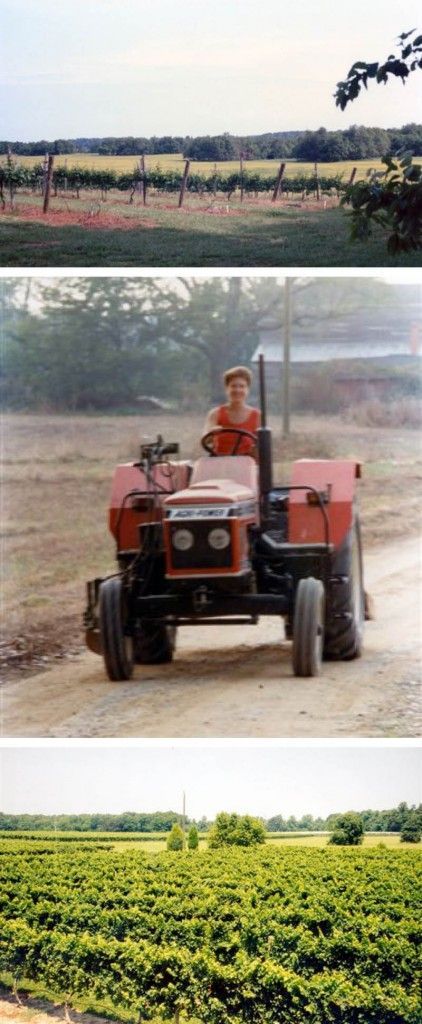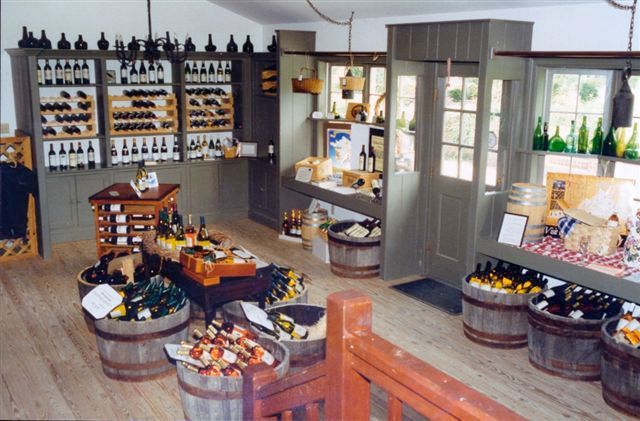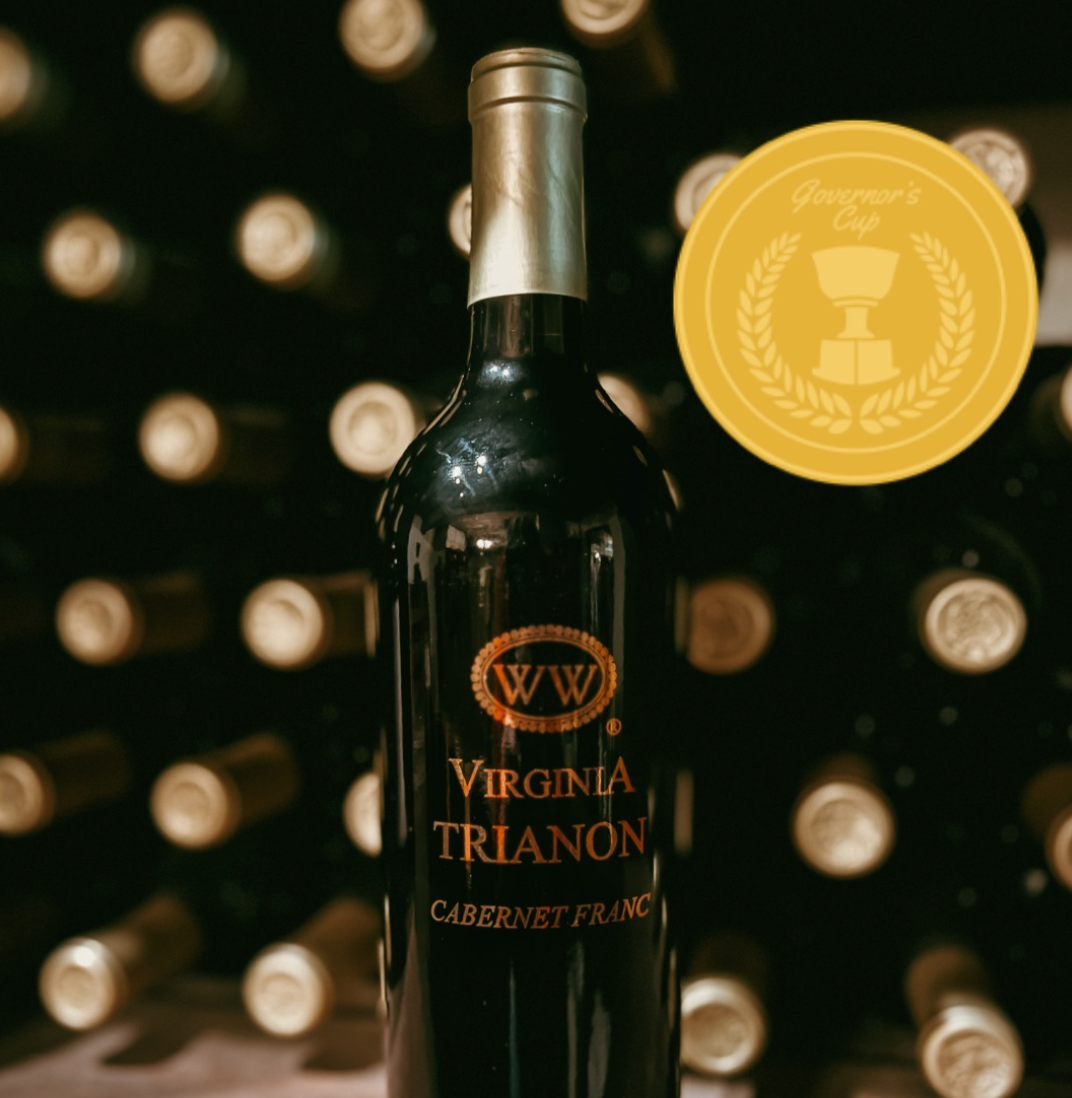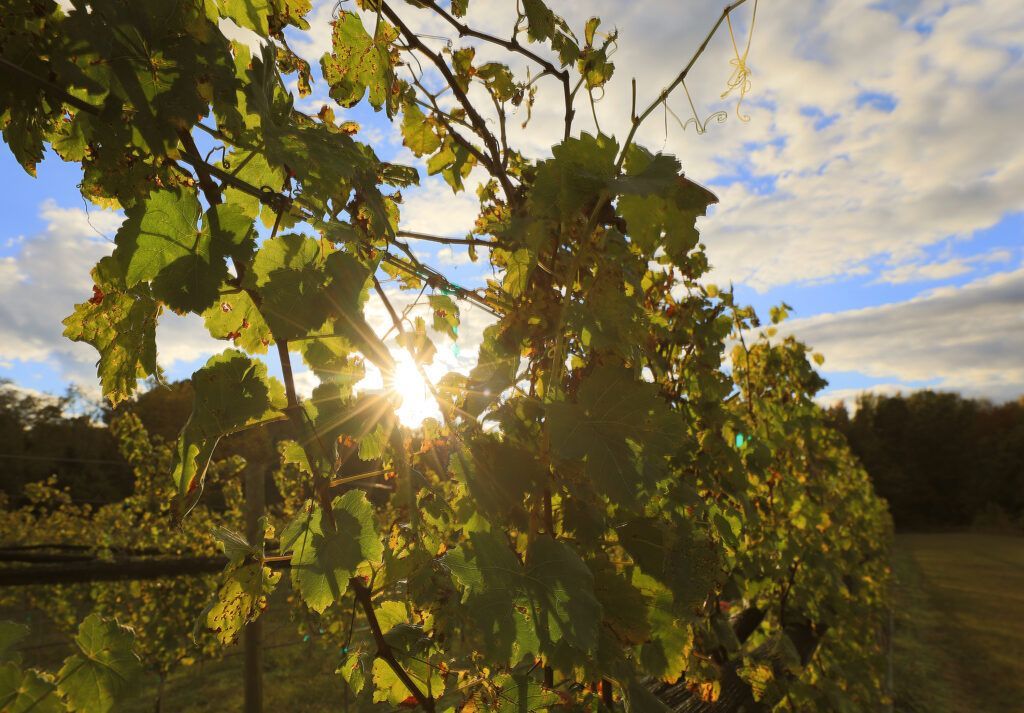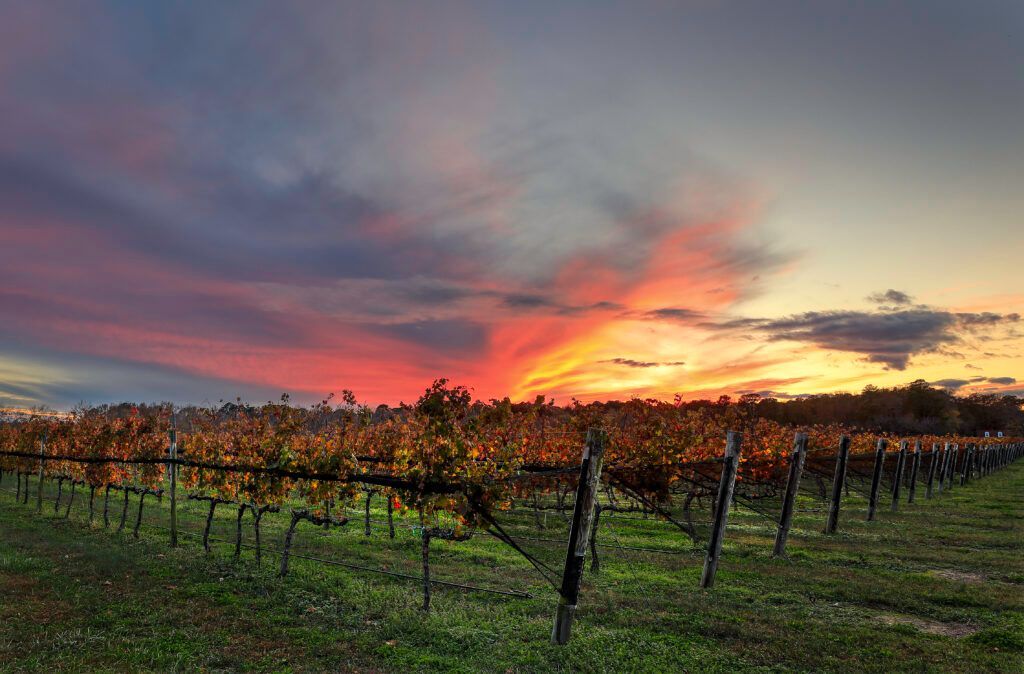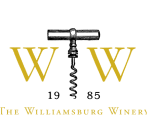Part 16: Moving Forward
Watch the 25 year old Channel 3 News of the first crush and bottling.
This was the real thing. Harvesting grapes from our own vineyards; managing the crush from A to Z in our own winery; organizing the first barrel cellar. Soon, it was time to bottle the second vintage of Governor’s White on our own equipment which, according to Steve, would have a capacity of processing 600 to 800 cases per day.
It was late Fall 1988, and we had joined the Virginia Wineries Association. At a meeting near Charlottesville, we all went to discuss the general impressions of the volume and quality characteristics of the vintage. Archie Smith III was, at that time, president of the Association. Archie was the son of the man who caused the VA farm Winery Act to be passed by the State Legislature in ’71. By then, his father was in frail health, and Archie had taken over the family operation of Meredyth Vineyard. He had been a lecturer at Oxford in the UK and was intellectually brilliant. Unfortunately, his business acumen was not up to the demands of his vineyard enterprise. I am still saddened by his untimely passing. Archie did a lot to help the development of the Virginia Wine Industry. (See to the right, the ’87 brochure from Meredyth Vineyards.)
It was the first time that I remember fully appreciating the impact of both the different micro-climates of Virginia on grape-growing and the natural debates that ensue between those who were convinced that their micro-climates were the best and possibly the only ones where grape growing would yield the ultimate grapes.
Given that we had already the experience of working with four different areas where we were sourcing our grapes, we quietly chuckled at some of those controversial and not terribly constructive exchanges. In truth, after buying grapes from different growers in different areas of Virginia for twenty five years, we believe that there are varietals that are best suited for some of the different areas, that yes, there are varietals that will do exceptionally well in our Commonwealth, but that for a wide variety of reasons, the claim that one area is the best is simply a mistaken perception.
From a pure grape growing point of view, it is wise to source from different areas. A hurricane may hit a vineyard leaving other areas untouched. The same can apply to a late frost after bud-break or a spring hailstorm that can ravage a vineyard in less than thirty minutes. Furthermore, each of the different micro-climates in Virginia expresses different aroma compounds and flavors in their grapes. And, of course, it makes sense from a business point of view to spread risks and not to have all your eggs in one basket. (See also the VA wine growing map showing the various vineyards where we source grapes as shown on the web-site.)
During that same meeting of the association, I recall being asked what our production plan was for the coming vintage. My honest answer was that we were targeting to produce nine thousand cases. The colleague who had raised the question looked at me in mild disbelief but made no further comment except to wish us luck with our operation. Later that evening, I overheard that our production target had been widely circulated and been the object of unflattering comments about “another winery that will soon learn of the problem from excess inventory”.
Given that we were already backlogged on our orders and were pressing for the bottling of the ’88 vintage, I reflected on the unfortunate situation of wineries that assumed that because they made wine, customers would beat a path to their doors.
The wine industry is a forecasting industry, more so than most consumer goods businesses. It takes eight to ten years between ordering the varietals from the nurseries to releasing the bottled wine that will have been made from the grapes of those plants. One has to work hard at anticipating shifting consumer preferences and be certain to have a business plan that includes pricing based on costs and that will be competitive at the various levels of distribution.
Thanksgiving week-end became the day for testing our bottling line. Initially, Steve had thought that two or three persons could handle the line that had been ordered and installed in the early days of August. After the set-up, it turned out that it would take one person to be very fast and effective at placing the empty bottles on an accumulation table, one person to control the various equipment (including regularly refilling the hopper of the automatic corker or re-stacking the labels in the labeler), one person to position the capsule on the bottle before it penetrated in the enclosed capsule spinner, and a couple of persons to place the finished bottles, properly filled to the federally approved level, corked, capsuled, back and front labeled, into empty cases to be placed on pallets of 56 cases. Given that the line could move about two cases per minute, it needed at least five persons.
Dr. Messmer, our Board Member, offered his help and brought his wife and young daughter to assist. We did get many cases bottled that day and saw those cases move out the door within days. We were grateful for their help.
Bob West, the anchorman at TV Channel Three of Norfolk, had developed an interest in our project after filming the Harvest and Crush, and he came back for the bottling. We have kept the video of the evening news that presented clips from his more extensive special feature stories.
The emergence of the wine industry in Virginia was still a novelty and it was making news. Almost every week, there was call from the press inquiring about our project and giving us some coverage. Importantly our wines were well received by consumers and critics.
Treville Lawrence, one of the vineyard owners from the Northern Virginia area who had studied the history of Virginia’s considerable efforts at making wines, wrote a book titled “Jefferson and Wine” that came out in ’89. One of the exciting chapters was titled, “Jefferson’s Dream Come True”. It included a kind paragraph about the young Williamsburg Winery.
“Outstanding from another point of view was the establishment in coastal Jamestown -site of the first settler’s landing- of Williamsburg Vineyard and Winery by the Patrick G. Duffeler family. This was the spot where Captain John Smith exclaimed about the abundance of grapes growing in the trees and incorrectly predicted there would be unlimited winegrowing on the coast of the new continent. The Duffelers were the first after some 375 years to successfully plant the vinifera and make a quality wine in this heretofore inhospitable climate. They were awarded the Vinifera Association’s Grape/Wine Productivity Champagne tray.”
In the meantime, the balance of the farm that we had not purchased was the object of an archaeological study organized by Nick Lucchetti and Bill Kelso. That also generated considerable publicity as they found a skeleton of a settler who, it was subsequently found out, had probably been a victim of the Indian uprising of 1621 and had been hastily buried. His remains had been sent over to the Smithsonian Institution in Washington D.C. and, after study, were returned and reburied on the farm.
In early ’89, Peggy and I took another trip to California to visit wineries and study their retail shop operation. We were shocked at one of the older wineries established in the center of Healdsburg. We witnessed a young man touring wineries with his girlfriend requesting the opportunity to sample their best reserve, and the pleasant lady in charge of the shop obligingly disappeared in the cellar to fetch the corresponding wine. While the lady was searching for the reserve bottle, the girl asked her friend how many bottles he intended to purchase. His answer was, “I am over my limit on my credit card and have no intention of buying anything.” We could see that the young lady was mortified at the thought that her friend was requesting to have the opportunity to sample the best at no cost and had no plan to purchase products.
Right then we made the decision that we would charge a small but reasonable fee for tour and tasting at our winery. Rob, our sales star, was uncertain. His view was that sampling at no cost in the retail shop was a marketing function and that it was a major business error to even consider a small fee. I felt strongly about the matter, particularly given that experience in CA and prevailed.
Organizing limited sampling in stores within the regulatory framework is good marketing. Offering visitors at the winery a well structured guided tour and a tasting in a wine glass (as opposed to plastic cups which was the norm in many wineries where a tasting was free) gave consumers real value and deserved to be compensated by a small fee.
The details of the on-site retail shop design were completed. Next came the task of finding the person to manage it. Tarki, the wife of Ken Crook, who had brilliantly managed the construction of the winery, offered to handle it. It became “her shop”, and she gave that project her whole dedication and thoughtfulness. Soon, business was booming seven days a week. Within a few months, we would log over ten thousand visitors annually and, by the end of the nineties, well over twenty thousand visitors.
(To be continued)
Patrick G. Duffeler
Founder & CEO
